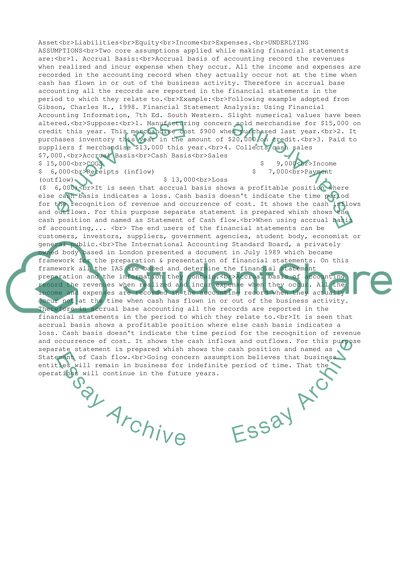Cite this document
(“Financial accounting Research Proposal Example | Topics and Well Written Essays - 2750 words”, n.d.)
Retrieved from https://studentshare.org/business/1503882-financial-accounting-research-proposal
Retrieved from https://studentshare.org/business/1503882-financial-accounting-research-proposal
(Financial Accounting Research Proposal Example | Topics and Well Written Essays - 2750 Words)
https://studentshare.org/business/1503882-financial-accounting-research-proposal.
https://studentshare.org/business/1503882-financial-accounting-research-proposal.
“Financial Accounting Research Proposal Example | Topics and Well Written Essays - 2750 Words”, n.d. https://studentshare.org/business/1503882-financial-accounting-research-proposal.


